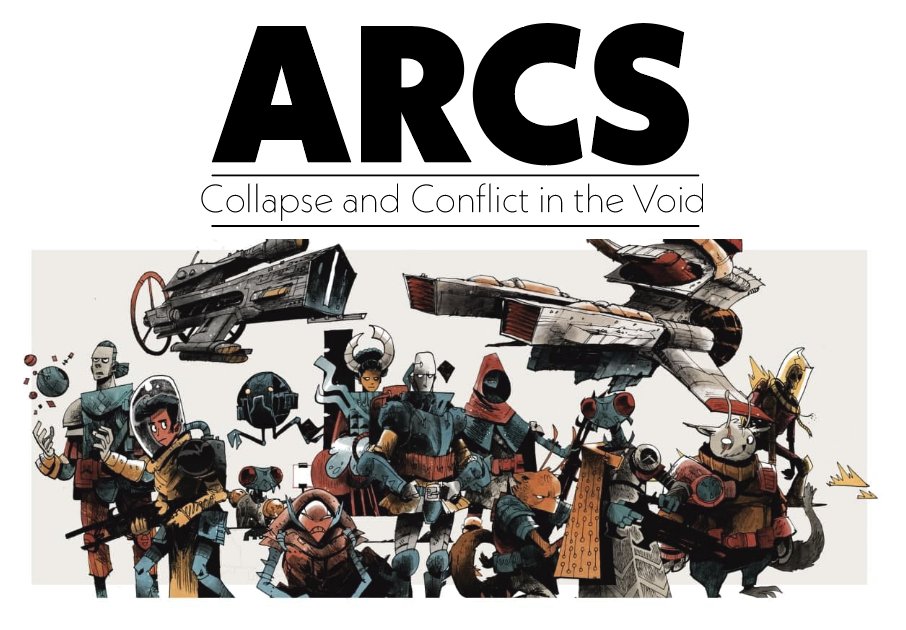The design for Oath is very nearly done, and we've started conducting our usability studies. If you have any interest in helping us understand how people digest this game's rules, we'd love to have you along:
docs.google.com/forms/d/e/1FAI…
docs.google.com/forms/d/e/1FAI…
A few additional points. We're espeically interested in the participation of folks from communities that are traditionally underrepresented in tabletop gaming. We will provide compensation for your time and will offer resources that might be needed to facilitate testing.
We are only looking for people who have not played or read the rules to Oath in it's earlier forms. Outside of that, no prior experience is necessary outside of an interest in the game.
And, if you'd like to just see the current state of Oath, worry not! I'll be releasing the physical print-and-play kit (version C) within the next few days and the TTS module will follow shortly afterwards. #oathboardgame
Finally, many thanks to @joshuayearsley for spearheading these studies. Oath has come such a long way and it's been so nice to have your help as we bring this very odd duck to life.
• • •
Missing some Tweet in this thread? You can try to
force a refresh






